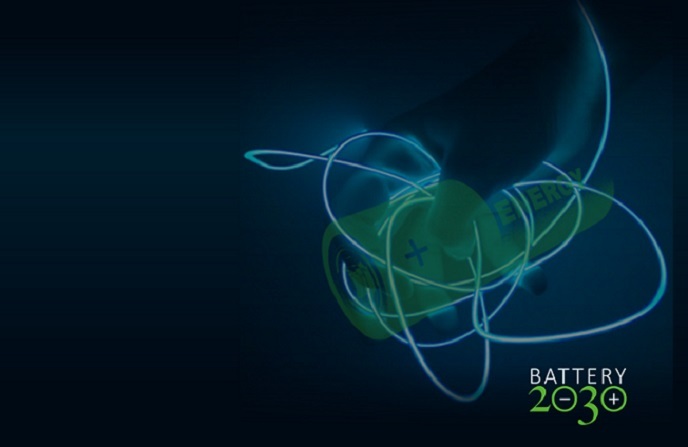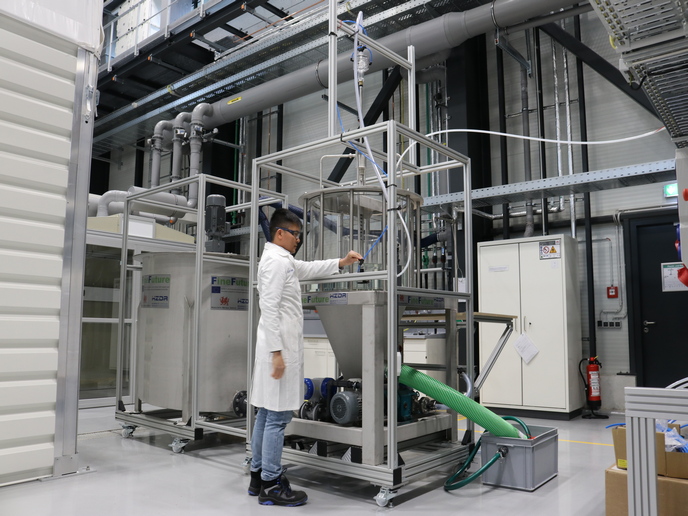Greening the brownfields
Brownfields are land sites, mainly in developed urban areas, which may be unused or underused on account of contamination from previous usage. Managing and restoring such sites forms an important platform in Europe's policy of halting and reversing urban sprawl. The EU-funded HOMBRE(opens in new window) (Holistic management of brownfield regeneration) project aimed to change brownfield management. The 14-member consortium sought to minimise costs of reuse while maximising benefits. Thus, the team planned to develop methods and technologies of assessment and sustainable management. The four goals incorporated research on causes of brownfield formation, solutions for long-term use, and improved operations and planning. The consortium conceptually separated land management cycles from land-use cycles, which run according to different schedules. The project proposed ways of using the two cycles in conjunction, to shorten the time land remains idle. The development relied on new methods of identifying early warning indicators. Researchers recommended that clear understanding of the benefits of brownfield sites would overcome management barriers. Subsequently, the team developed tools that illustrate the potential of brownfields, which helped guide big-picture urban development and redevelopment. Tools included ways of exploring synergies among decommissioning, remediation and site development. Researchers set up technology trains, which determine how a particular site can best contribute. The trains further illustrated development options, plus a site's potential overall value. Three case studies illustrated the principles. A further outcome included a system for guiding decisions about redevelopment and reuse towards improved sustainability and value. The system employed simple tools to help decision makers know what may be possible at a given site as well as the likely consequences. The consortium completed an in-depth study about combining the greening of a brownfield with improvements to soil quality. The project's major dissemination activity was a 2014 conference, held in cooperation with three other EU projects. Additionally, the team developed a business plan, plus various e-learning materials and modules. HOMBRE helped the EU achieve its goals of slowing urban growth, making discarded land available for new uses.







